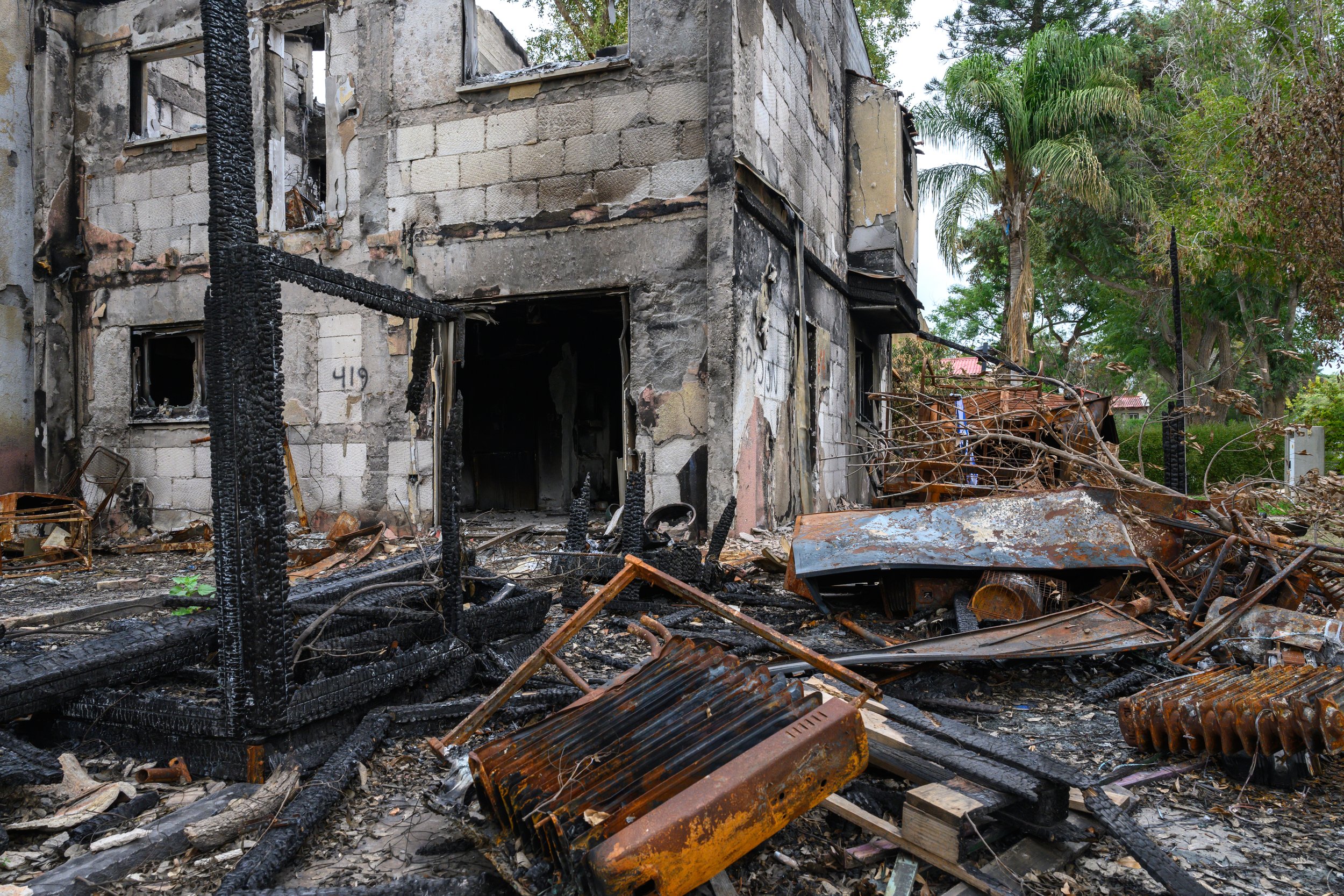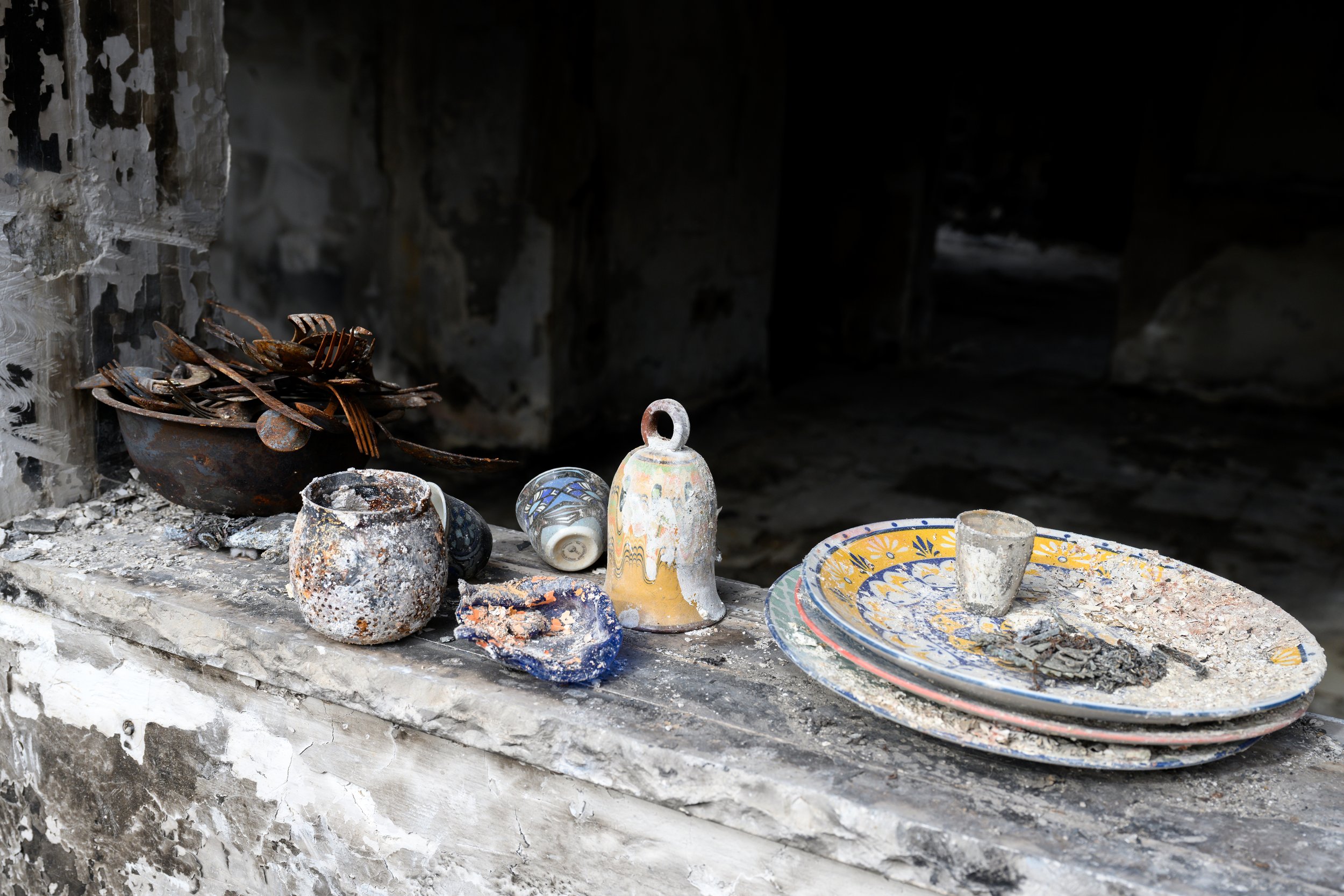Kibbutzim by Neta Dekel
The images included in this report were captured in the kibbutzim of Be'eri, Nir-Oz, Holit, Kerem Shalom. These kibbutzim have suffered significant damage and destruction, with the effects of fire and destruction visible in every part of them. Seeing such beautiful and well-maintained kibbutzim left in ruins and abandoned is truly heartbreaking. I sincerely hope that they will be resettled soon.
Over the past few weeks, I have been involved in a meaningful civic project called "Testimony 710". The project aims to create an archive of testimonies that will be accessible to the public. These testimonies will be shared by heroes who survived and those who did not survive the events of 7th October. Over 300 testimonies have been documented, and dozens are already available on the website. This project is being developed to create an everlasting testimony for the survivors and to educate the public in Israel and around the world about the events of 7th October.
The Kibbutz Today
The Kibbutz movement is currently experiencing changes. In the past, the collective managed certain aspects of communal living, but now, each member and their family are responsible for these tasks. The traditional image of the Kibbutz has evolved, and the emphasis on community has decreased. There are around 250 Kibbutzim in Israel, with a population of approximately 125,000 people. Memberships can range from 100 to 1,000 individuals, and many Kibbutzim have multiple generations of families among their members. While most Kibbutzim are secular, there are also about twenty religious Kibbutzim, and some are affiliated with the Conservative and Reform movements. The character and focus of each Kibbutz are influenced by its history, the age of its members, and its financial stability. They are found throughout the country and vary in size, location, climate, agriculture, industry, population, ideology, and religion. Privatization and the degree of communal living are ongoing issues for most Kibbutzim today. Some have resolved these matters, while others are still debating how to define themselves and their lifestyle. However, the traditions and lessons learned from generations of communal living will continue to influence the future of the Kibbutz. The Kibbutzim have always promoted the collective good and have been deeply involved in the country's social issues. They have a long history of welcoming and supporting new immigrants, offering programs and housing, and opening their communities to newcomers. The Kibbutzim have historically supported Aliyah and remain committed to helping build the country.

































































